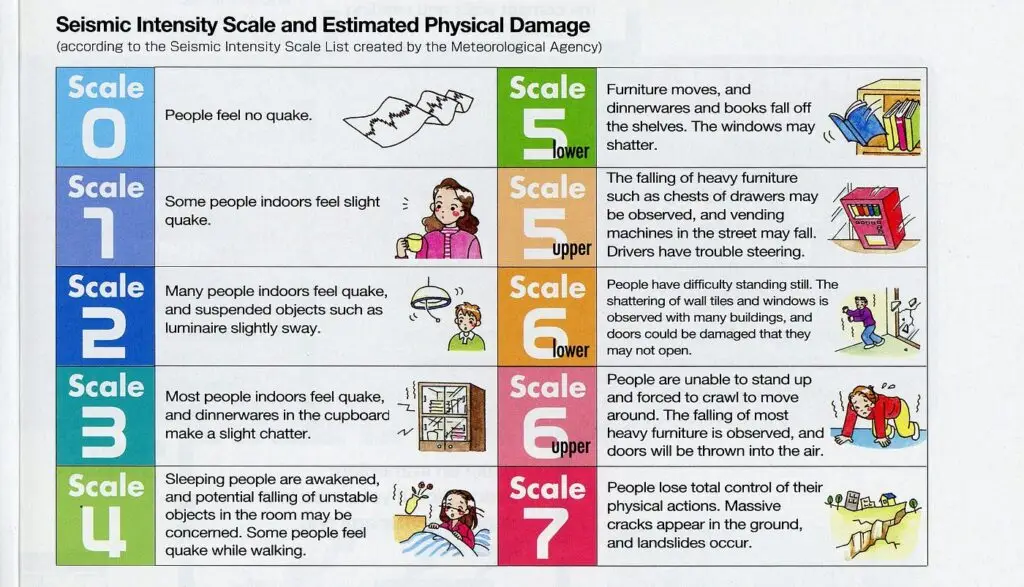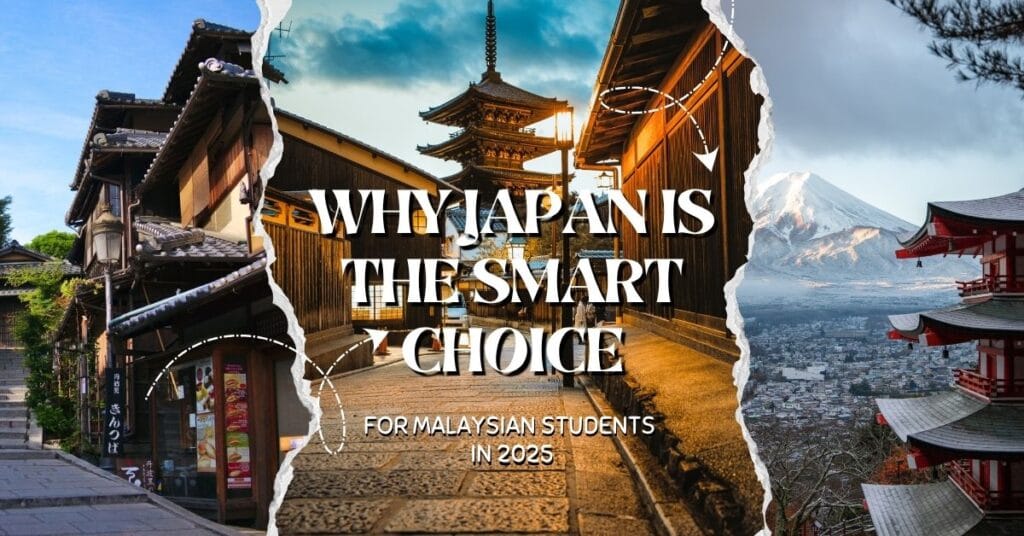Halloween in Japan is a mash-up of Western costume culture, anime-level cosplay, and a long-running fascination with ghosts and monsters. Over the past decade the celebration has evolved from small store displays into a month-long season of themed events, theme-park spectaculars, and photo-first street gatherings — but it’s also uniquely Japanese: emphasis on creativity, group cosplay, and themed entertainment rather than door-to-door trick-or-treating.
How Japan celebrates Halloween
Costume culture & cosplay:
Many people — especially young adults and students — treat Halloween as a chance to show off elaborate costumes and staged photo shoots around areas like Harajuku, Omotesandō, and (historically) Shibuya. Street photography and group cosplay dominate more than “trick-or-treat” behavior.
Theme-park season:
Major parks run special Halloween events lasting weeks (not just Oct 31). These are big draws for families and international visitors.
Local festivals & parades:
Cities like Kawasaki and communities across Japan hold parades, contests and family events. These are often ticketed or require registration.
Street rules & safety:
Note that some areas (notably Shibuya) have in recent years discouraged large street gatherings and placed restrictions on alcohol and crowds for safety reasons — always check local guidance before you go.
Major events you can expect during Halloween weekend (and the season)
Universal Studios Japan — Halloween Horror Nights: one of the biggest seasonal “scare” lineups with haunted houses, street performances and shows (annual fall dates). If you love immersive horror attractions, this is a highlight
Tokyo Disneyland / DisneySea — Disney Halloween: runs for weeks with themed parades, decorations, and limited-time food & merchandise (parks typically schedule their events through much of September–October).
Kawasaki Halloween Parade: a large, family-friendly parade and costume event (one of Japan’s better known Halloween parades). Some events require advance registration/fee.
Local community & shopping-mall festivals: many wards and shopping areas (Rokko Island, Omotesandō, local wards) host pumpkin parades, contests, and trick-or-treat corners geared to families.
Shibuya: once the epicentre of massive Halloween gatherings, Shibuya now has increased restrictions and police presence; official messaging has recommended avoiding large unregulated gatherings — so treat Shibuya with caution.
Yōkai: Japan’s monsters, ghosts and tricksters — an in-depth look
Yōkai (妖怪) are a vast family of supernatural beings in Japanese folklore — they range from mischievous to malevolent, and many have become pop-culture stars (manga, anime, films, mascots). Scholars and enthusiasts categorize them in different ways, but a helpful practical breakdown is below.
Major types & examples
- Oni (鬼) — ogre/demon. Often depicted as large, horned, and fierce; appear in myths, setsubun customs (bean-throwing) and festivals.
- Yūrei (幽霊) — ghosts. Typically female apparitions in white burial kimono with long black hair (the classic “J-horror” image).
- Tengu (天狗) — mountain spirits with long noses or beaks; sometimes protective, sometimes tricksters; connected to ascetic mountain practices.
- Kappa (河童) — water creatures that live in rivers and ponds; mischievous but also associated with rituals (and cucumbers!).
- Kitsune (狐) — fox spirits often linked with Shintō deities; capable of shapeshifting, trickery, or granting protection.
- Tanuki (狸) — raccoon-dog spirits known for transformation and playful deception — often jokesters in folktales.
- Yuki-onna (雪女) — the snow woman: ghostly figure associated with winter, sometimes lethal.
- Rokurokubi / Nukekubi — humans whose necks stretch (rokurokubi) or whose heads detach at night (nukekubi) — classic horror motifs.
- Tsukumogami (付喪神) — tools and household objects that acquire spirits after 100 years and become animate.
- Jorōgumo, Nue, Bakekujira, etc. — many regional and specialized monsters populate local legends.
These categories mix “spirit” (yūrei), “monster” (bakemono), “gods/guardian spirits,” and animated objects; modern references and encyclopedias collect them under the broad yōkai umbrella.
How yōkai connect to modern Halloween in Japan
Yōkai are central to Japan’s spooky aesthetics — from haunted house themes to costume inspiration. You’ll frequently see yokai motifs in parades, themed park attractions, and anime-style costumes. They give Halloween in Japan a distinctly local flavor: not just witches and vampires, but tengu masks, kitsune makeup, and tsukumogami props.
How schools in Japan celebrate Halloween
Many language schools, universities and international student programs turn Halloween into a cultural exchange opportunity. Typical school activities include:
- Halloween parties & costume contests — students dress up and sometimes perform skits or runway shows.
- Language lessons with Halloween vocab/role plays — teachers use Halloween themes to teach vocabulary (trick-or-treat phrases, costume descriptions, folklore vocabulary like yōkai names).
- Campus trick-or-treat / booth fairs — some campuses organise safe, supervised trick-or-treat booths or themed international food stalls.
- Cultural workshops — sessions on Japanese ghost stories, yōkai art, or traditional autumn rituals (e.g., tsukimi/moon-viewing overlaps in the season).
- Field trips to local events / theme parks — schools sometimes coordinate visits to theme-park Halloween events or local parades as group outings.
Practical tips for students & visitors
- Plan early for theme-park tickets — Disney and Universal events sell out on popular dates; check official pages and buy e-tickets ahead.
- Respect local rules — follow any ward or station announcements (especially around Shibuya) — authorities sometimes ban alcohol and large gatherings.
- Public transport & late-night safety — trains get crowded; plan your return trip and avoid blocked streets.
- Costume etiquette — avoid realistic weapon props in public transport or crowded areas; some venues have prop restrictions.
- Use Halloween as a learning opportunity — join a school event, take a folklore lecture, or create a yokai-themed presentation for classmates.
There’s no better time to experience Japan than during the Halloween season — when the streets come alive with costumes, lights, and a touch of spooky folklore. From yōkai legends to unforgettable parades and theme-park events, October in Japan is full of magic and excitement.
If you’ve ever dreamed of studying in Japan, start your journey now and discover a whole new side of Japanese culture!
Learn more about studying in Japan here.
Ready to live and study in Japan?
Contact DEOW Japan today
and let’s plan your future together.



